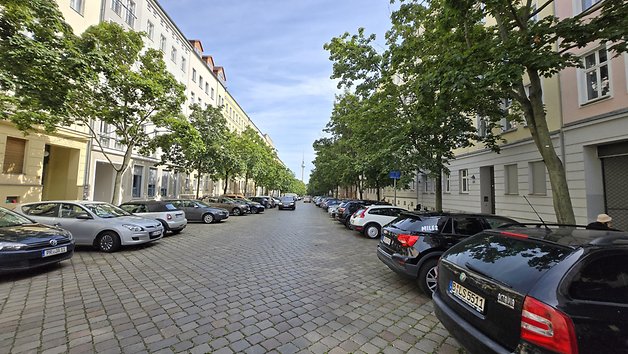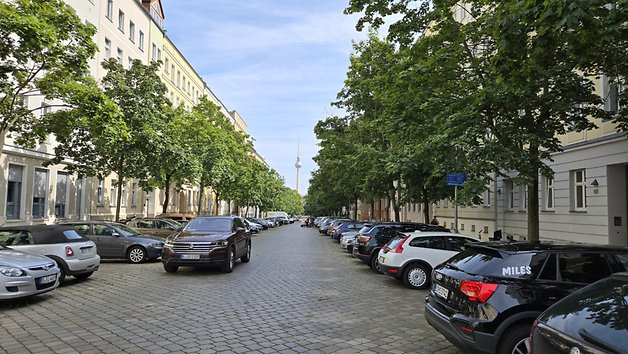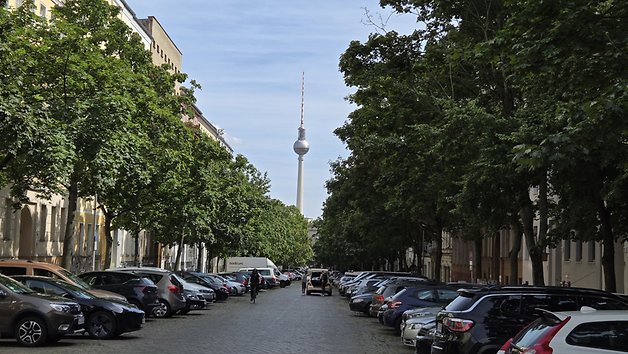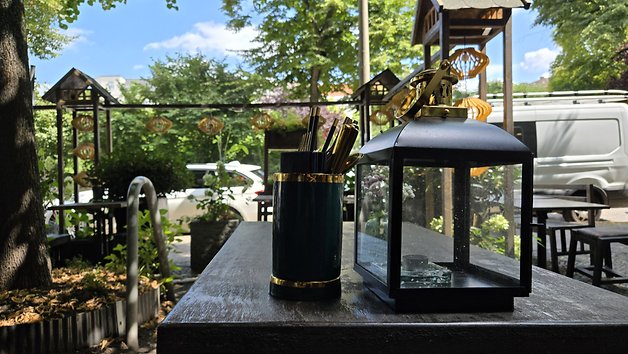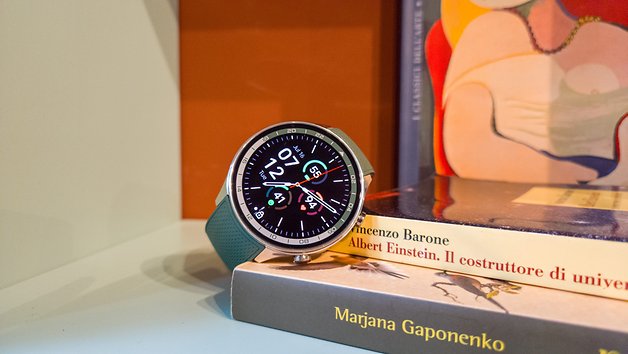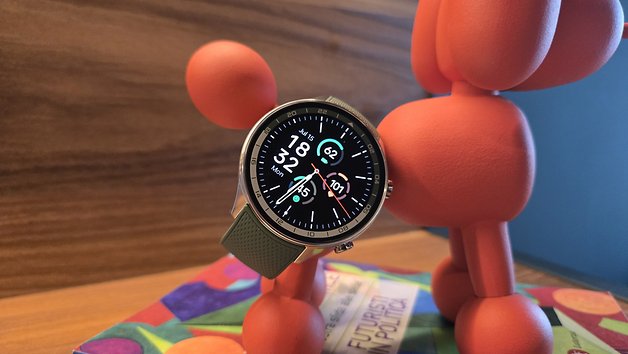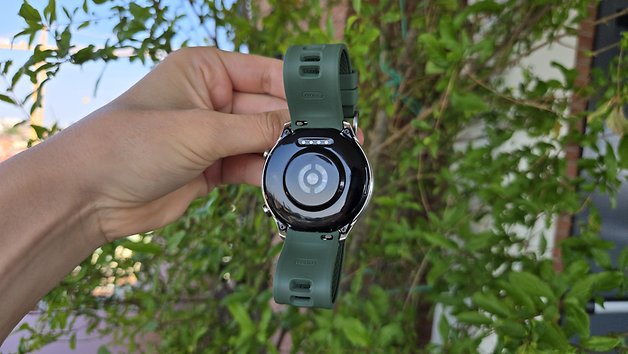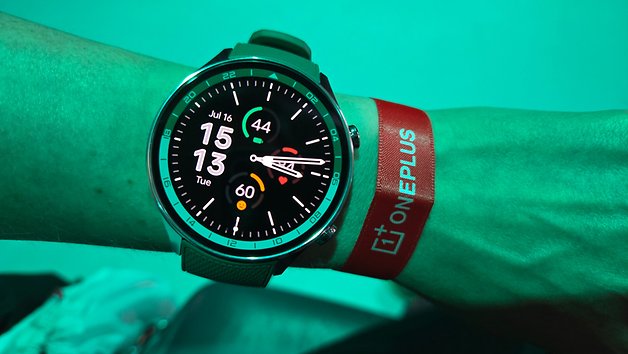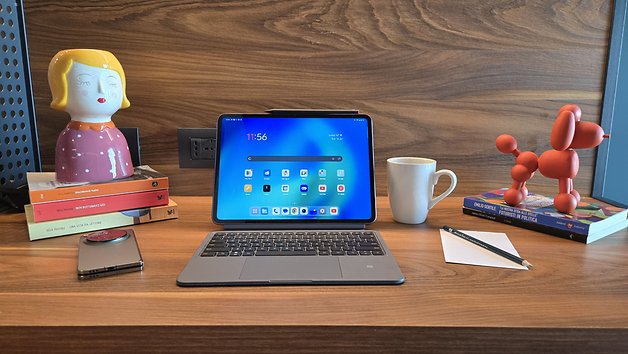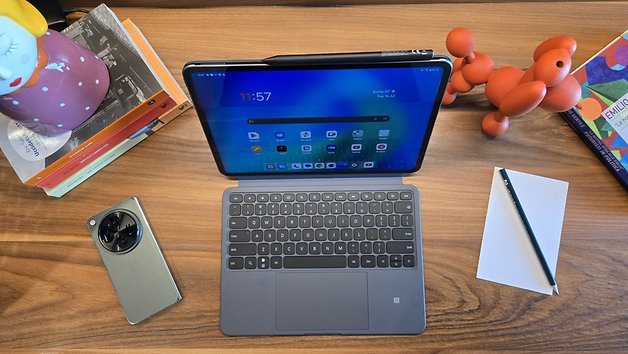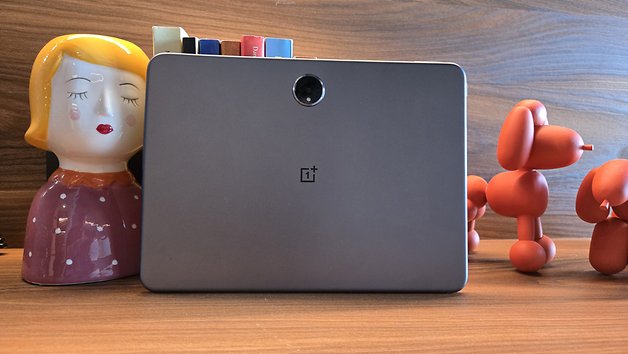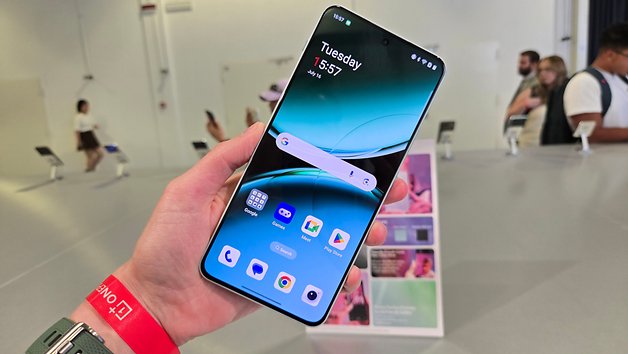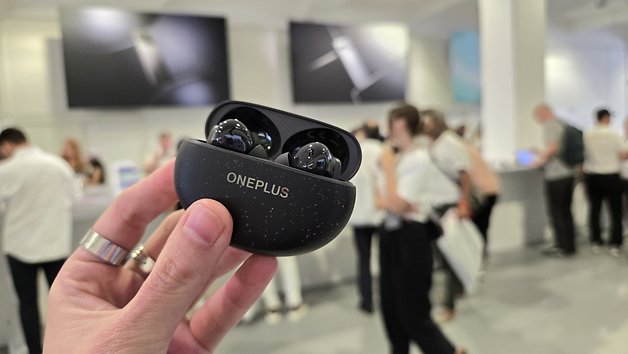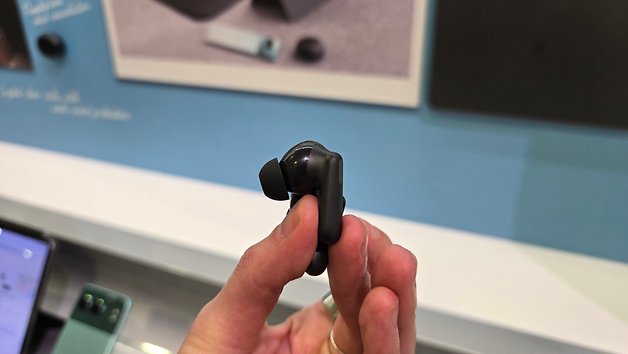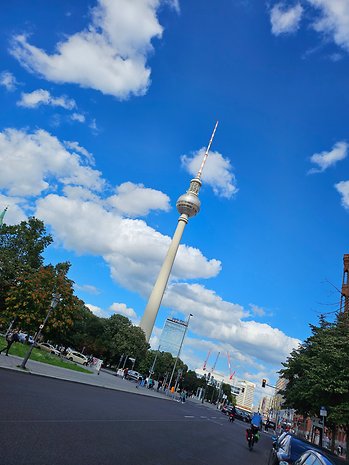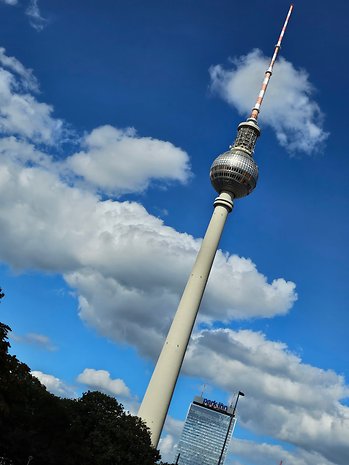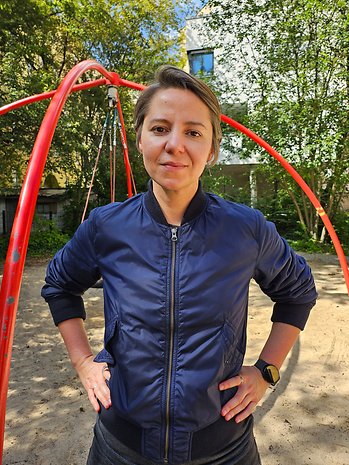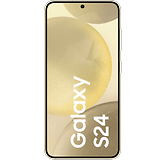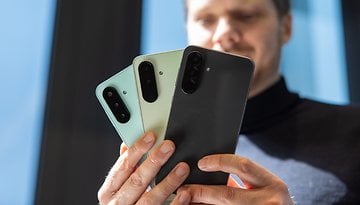Samsung Galaxy Z Flip 6 vs Flip 5: Is It Worth Upgrading?
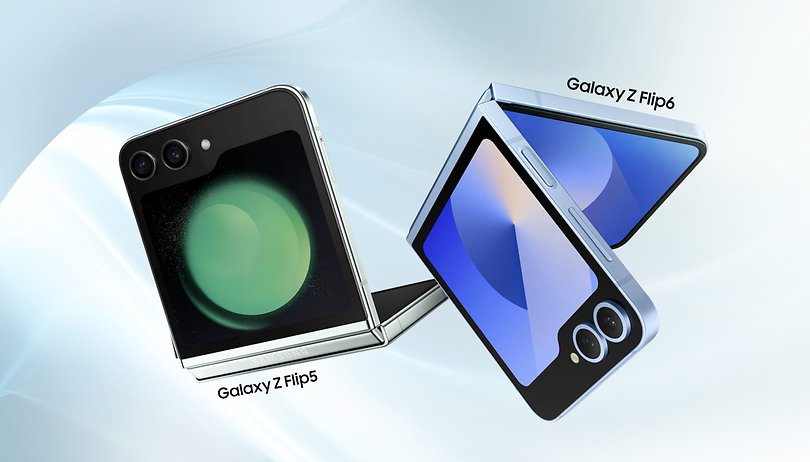

The yearly update to the Galaxy Z family came earlier in 2024. The Galaxy Z Flip 6 is the new compact foldable from Samsung and brings the usual list of upgrades over 2023's Z Flip 5. Keep reading to find out the main differences between the two Galaxy Flip phones and which offers more for your money.
What used to be an August launch was moved to late July last year, and now Samsung showcased its new products for the second semester at the beginning of July. The Galaxy Z Flip 6 is one of the Unpacked highlights, which also presented new wearables, earbuds, and the new big Fold 6.
Before delving deeper into what changed in the Z Flip 6, let's look at a direct comparison with the specs of both models:
| Samsung's 2024 Flip | Samsung's 2023 Flip | |
|---|---|---|
| Product | ||
| Picture |  |
 |
| Review |
|
|
| Display |
|
|
| SoC |
|
|
| Memory |
|
|
| OS |
|
|
| Camera |
|
|
| Selfie Camera |
|
|
| Battery |
|
|
| Connectivity |
|
|
| IP Certification |
|
|
| Dimensions and weight |
|
|
| Offers* |
|
|
After the big upgrade to the external display in 2023, which marked the difference between the Flip 4 and 5, upgrades on the new Flip 6 are apparently more modest. We have yet to test the new model and will update this comparison as soon as we get one in our office. Meanwhile, this is an early look into the two models.
What are the differences between the Galaxy Z Flip 5 and 6:
- Display and design
- Performance and connectivity
- Cameras
- Software
- Battery and charging
- Price and availability
- Conclusion
Display and design
While the Flip 5 changed significantly from the Flip 4—mostly because of the outer display, the new Flip 6 is a refinement of the previous generation. Overall dimensions are the same, with the exception of a thinner profile when closed. And the displays have the same diagonals: 6.7'' for the internal OLED panel, and 3.4'' for the external display.
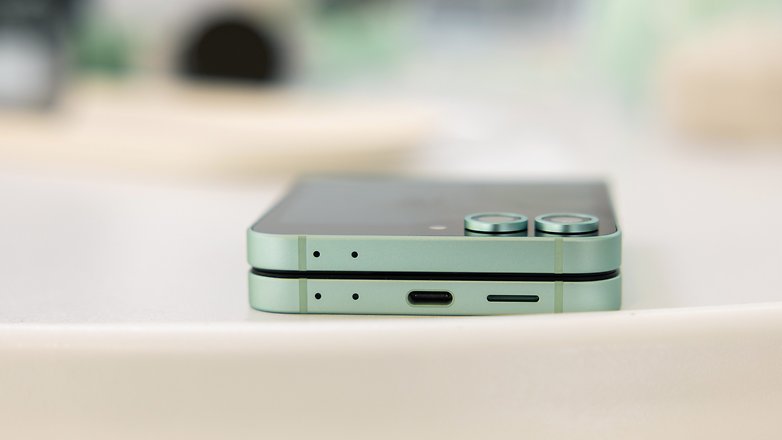
The Flip 6 is 0.2 mm thinner than the previous generation, a difference so minuscule we bet most people won't notice. If you handled a Flip 5, the experience will be mostly the same with the sixth generation. Even the 6.6 oz (187 g) weight is the same between the Galaxy Z Flip 5 and 6.
As a welcome upgrade, the Samsung Galaxy Z Flip 6 features an IP48 rating for both dust and water resistance, up from the IPx8 for only water resistance on the Flip 5.
Overall display specifications are the same, with a 720 × 748 resolution in the outer OLED display, and 2640 × 1080 for the internal LTPO OLED that can dynamically switch the refresh rate between 1 and 120 Hz to either save power or provide smooth screen animations.
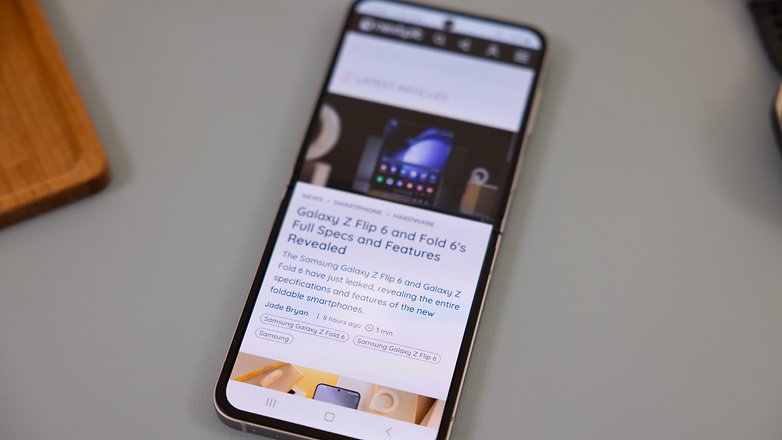
To anyone who skipped the Flip 5, the outer display on both it and its successor almost wraps to the side of the two camera modules, using an area that would otherwise sit unused. It is worth noting. However, that Motorola completely surrounds the camera islands on its rival Razr flip since 2023.
- Also read: These are the best foldables in 2024
We expect to see some brightness improvements in the newer model, but we will have to wait for our full review to tell our impressions on further differences between the two Flips.
Performance and connectivity
Samsung once again relies on Qualcomm to supply their Snapdragon chips to the Galaxy Z foldables in 2024—we suspect the hotter and more power-hungry Samsung Foundry-made chips are to blame here. While the Z Flip 5 used the Snapdragon 8 Gen 2, the Z Flip 6 uses its 8 Gen 3 successor, plain and simple.
| Galaxy Z Flip 6 (Snapdragon 8 Gen 3) |
Galaxy Z Flip 5 (Snapdragon 8 Gen 2) |
Galaxy Z Flip 4 (Snapdragon 8 Gen 1) |
|
|---|---|---|---|
| 3D Mark Wild Life Extreme | pending | 3,342 | 2,815 |
| 3D Mark Wild Life stress test | Best loop: 11,069 Worst loop: 5,068 |
Best loop: 10,586 Worst loop: 4,145 |
|
| Geekbench 6 | Single: 1,988 Multi: 5,086 |
Single: 1,309 Multi: 4,213 |
To address the heavy throttling issues we found in our tests of both the Flip 4 and 5, Samsung highlighted that the Flip 6 is its first clamshell phone to feature a vapor chamber heat dissipation system. Considering the limited area available, we remain skeptical the Flip 6 can perform as consistently as a traditional candybar phone, but only our full test will be able to confirm it.
Based on other phone families that upgraded between the same Snapdragon chips, the general performance increase hovers around 20 and 30% for general tasks and games. However, in most scenarios, those are hardly noticeable outside of longer, more demanding tasks like media processing.
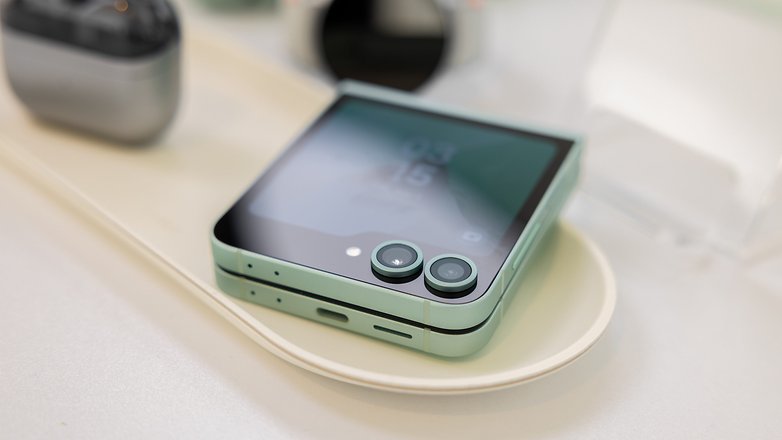
One notable upgrade on the Flip 6 is the increase in RAM, which is now 12 GB up from 8 GB in the 2023 generation. The skeptical ones in the audience will attribute it to the heavy memory usage of the AI trend we are going through. But it is nonetheless an upgrade that can help especially those with many browser tabs and apps opened at the same time.
Cameras
After basically reusing the Flip 4 camera setup on the Flip 5, Samsung gave the Galaxy Z Flip 6 an actual spec upgrade for the main camera. The new model got bumped to 50 megapixels up from the 12 MP on the Flip 5. The ultra-wide-angle and selfie cameras, meanwhile, keep their 12 and 10-megapixel resolution, respectively.
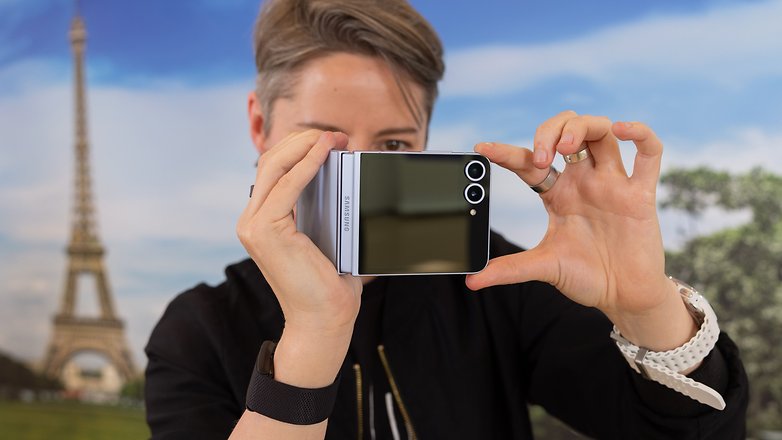
Based on the resolution and pixel size specs provided by Samsung, our napkin math suggests that not only the resolution got a big upgrade but also the camera sensor size. The bigger 1/1.3'' component (up from 1/1.76'') should not only result in capturing more light—potentially increasing night shot quality—but also allow for some decent 2x zoom shots.
There is also the possibility of image processing enhancements in hardware and software, something that Camila Rinaldi noticed between the fourth and fifth generations. However, we will once again have to wait for our test to check if Samsung's claims hold true.
Meanwhile, we can check her pictures with the Flip 5, and some early shots with the Flip 6:
Galaxy Z Flip 5 test photos
Galaxy Z Flip 5 test photos
Software
Just as the Galaxy S launch brings the first major revision to the current One UI version, the Galaxy Z adds some further enhancements for the second half of the year. In 2024, that means One UI 6.1.1 on top of Android 14. And in typical 2024 fashion, Samsung threw all the AI they could into the marketing materials.
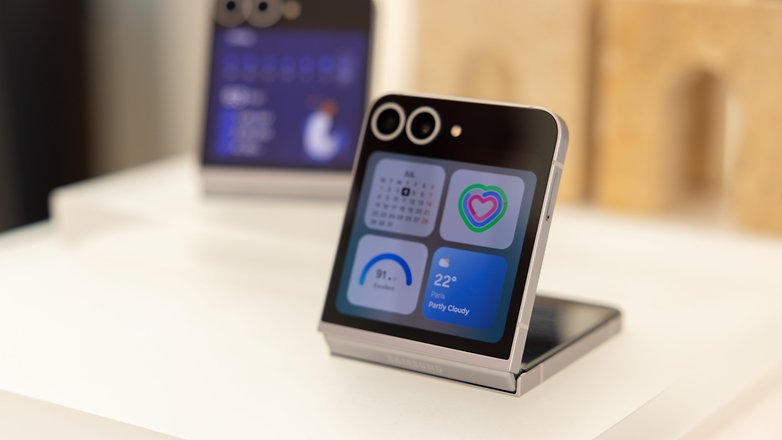
When it comes to software, the main upgrade is AI the much-improved update policy that now matches the Galaxy S and Pixel families: Seven Android upgrades and seven years of security updates. As a refresher, the Flip 5 is scheduled to receive three more Android upgrades and four years of security patches (deducting one year from the original 4+5 promise).
Besides that, Samsung promises to expand—the rather limited—number of widgets and apps available on the external display, including support for the SmartThings home ecosystem and the Samsung Health metrics. The outer screen also offers more customization options for wallpapers, including generative AI support.
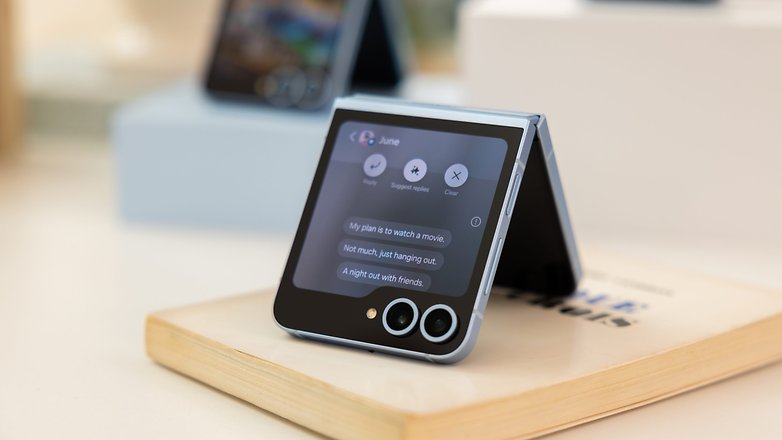
Speaking of AI, in addition to the image editing features already available on the Galaxy S phones (and some older Z models as well), Samsung promises better portrait images (presumably by leveraging better subject detection) and an interesting gimmick called "Auto-zoom", which can reframe the scene to better highlight (what the AI thinks is) your subject.
Battery and charging
Over the past year, we have noticed a higher number than usual of battery capacity upgrades between phone generations that didn't change much in dimensions. And the Galaxy Z Flip 6 is another one of those. Even with the (very) small reduction in dimensions, Samsung managed to cram a higher-capacity battery.
Out goes the 3700 mAh component used on the Galaxy Z Flip 5 (and 4), and now we see a 4000 mAh battery on the Flip 6. Sure, it is not even a 10% upgrade, but still an improvement. Charging speeds, on the other hand, remain the same, topping at 25 W using an optional charger.
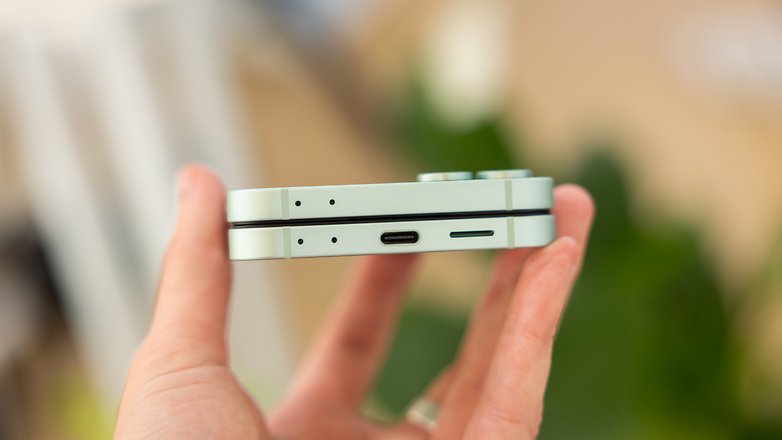
We will run our usual tests for charging and battery life to check if anything changed in practice, especially if Samsung's claims of a longer battery life hold true even with a faster processor.
Price and availability
Pricing can be either good or bad news, depending on which region you live. Prices for the Flip 6 base model increased in the US, while they remained the same in Europe—for the Flip 5 it was reversed last year. Those are considering the same storage capacity, while RAM was increased from 8 to 12 GB as mentioned before.
| Samsung Galaxy Z Flip 6 12 GB RAM |
Samsung Galaxy Z Flip 5 8 GB RAM |
|
|---|---|---|
| 256 GB |
|
|
| 512 GB |
|
|
Additionally, pre-orders are promised a better value for phone trade-ins, and extra warranty coverage through the Samsung Care+ plan for one year. And not to be outdone, expect to see carriers offering their own promotions on top of those.
And similar to previous years, both carriers and online retailers should start clearing out their inventory of the previous generations, so be sure to keep an eye on deals for the Galaxy Z Flip 5 as well.
Conclusion
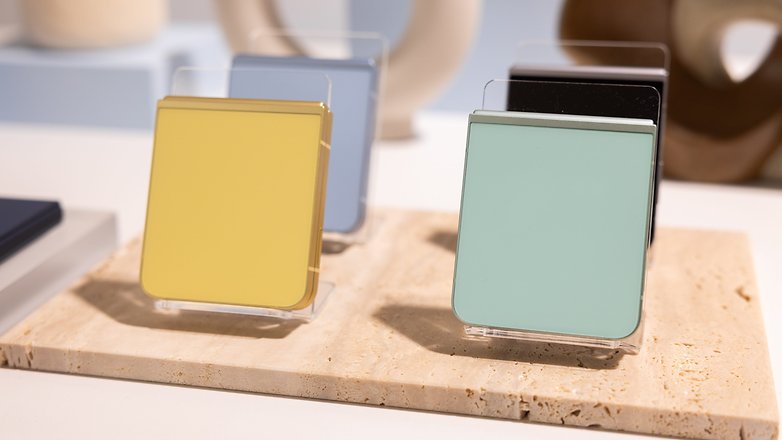
After the big display upgrade in 2023 (literally), the Galaxy Z Flip 6 went back to the iterative updates when compared to its predecessor. While the Flip 5 offered improved usability over the Flip 4, the new Flip 6 feels like a refinement for the series, upgrading the camera and battery at the same time offering better ways to use the external display.
While we wait to test the new phone, we simply cannot recommend upgrading between generations. But if you are on the fence between the two models, the simple fact that the Flip 6 should receive security updates until 2031 (versus 2028 for the Flip 5) could be a strong argument. Especially if you often gift it to a relative or friend, or resell the phone.
We expect to test the new phone soon to have a better picture of how it performs and of all the new features—AI or not—it brings to the table. Meanwhile, follow us on social media and activate notifications to receive our latest news directly on your phone or PC.
